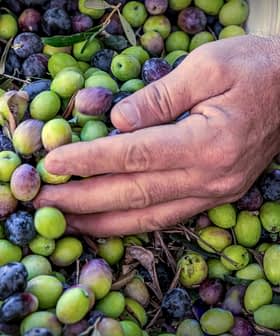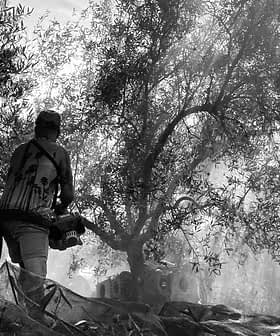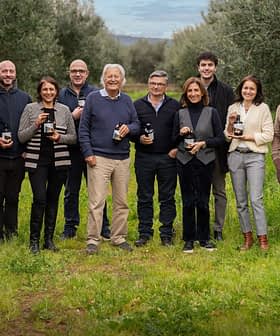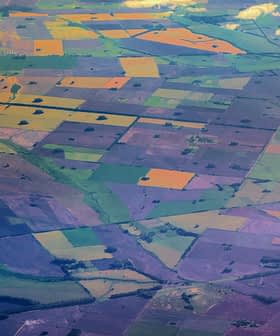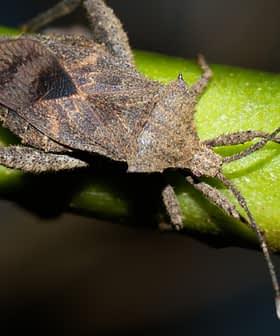France's Harvest Exceeds Expectations Despite Production Dip
French olive oil production is expected to reach between 5,000 and 5,200 metric tons in the 2024/25 crop year, about seven percent above the five-year average.
France’s 2024/25 olive harvest season had mixed results, with some regions experiencing lower yields due to drought and humidity while others, like Alpes-Maritimes and Bouches-du-Rhône, saw more favorable conditions leading to exceptional harvests. Producers in regions like Provence and Languedoc faced challenges such as unpredictable weather, heat waves, and rain episodes, resulting in declines of up to 50 percent in some cases. Despite varying results, producers like Château d’Estoublon in Vallée des Baux-de-Provence saw significant increases in production due to meticulous pruning work and favorable weather conditions.
France’s 2024/25 crop year has produced contrasting results, with some regions struggling while others have had successful seasons.
“Despite a strong harvest in 2023/24, the expected biennial production alternation was less pronounced this year, allowing for a higher-than-anticipated olive yield,” said Alexandra Paris, the director of the producer association France Olive’s communications and economics department.
“However, oil yield was two to three points lower than usual averages,” she added. “This decrease significantly impacted overall olive oil production, which is estimated to be between 5,000 and 5,200 metric tons for 2024/25, compared to 6,667 tons in 2023/24.”
See Also:2024 Harvest UpdatesAccording to data from the International Olive Council and France Olive, the country has produced an average of 4,773 tons of olive oil annually over the past half-decade.
The mountainous topography of southern France and its proximity to the Mediterranean Sea create many microclimates, frequently leading to disparate harvest results across the country. The harvest usually runs from October to December, varying by region and variety.
“As in previous years, production varied across regions,” Paris confirmed. “Drought particularly affected certain areas, notably in Occitanie.”
Olive farmers in Gard, a department of Occitanie, experienced lower yields than the previous year due to summer drought and high autumn humidity. These conditions caused the olives to absorb water, leading to lower oil accumulation.
“Additionally, in departments such as Drôme, where production had been exceptional in 2023/24, the alternation effect was more pronounced this year, leading to a natural decline in harvest volumes,” Paris said.
Producers across Provence and Languedoc, in Occitaine, confirmed they faced difficult climatic conditions, including unpredictable weather, heat waves and rain episodes during the flowering. Some farmers reported declines of up to 50 percent.
“Some regions experienced a strong season, particularly the Alpes-Maritimes and Bouches-du-Rhône, where conditions were more favorable,” Paris said.
In Grasse, a subprefecture in Alpes-Maritimes, a local cooperative reported “an exceptional campaign,” according to its president, Jean-Pierre Franchi.
After purchasing new equipment, the 97-member cooperative produced 63,600 liters of olive oil, the highest total since 1954.
About 100 kilometers to the west in the Vallée des Baux-de-Provence, Château d’Estoublon also experienced a production increase compared to the 2023/24 crop year.
“The olive harvest started in the second week of October and finished in the second week of December, with Salonenque being harvested first and Picholine last,” technical director Victor Joyeux said.
“We saw a significant increase in tonnage this year, with 32 percent more olives harvested compared to 2023, thanks to the meticulous pruning work on our trees in previous years,” he added.
Joyeux said the award-winning producer’sseason had gone smoothly, benefiting from a wet year. “We narrowly avoided a late frost event in November, and our Picholine parcels were untouched,” he added.
Joyeux cited timing as the most significant challenge the company faced. The harvest team carefully picked the olives of each variety at optimal ripeness.
“We are also fortunate to have our mill on the estate, which enables us to press the olives at the ideal time, ensuring the highest quality oils,” he added.
In the neighboring Donce Valley, Domaine Clos des Faucons also completed its harvest in December. Despite harvesting more olives, the olive oil yield was lower than the previous harvest.
“The atypical weather conditions at the end of the summer made this campaign particularly demanding, with hazards that are difficult to predict,” the company wrote on LinkedIn. “This reflects the challenges faced this season by our estate, but also by many fellow olive growers.”
Meanwhile, fellow Provençal producer Domaine de Gerbaud had a modest olive yield compared to their abundant 2023/24 harvest, but the quality remained high.
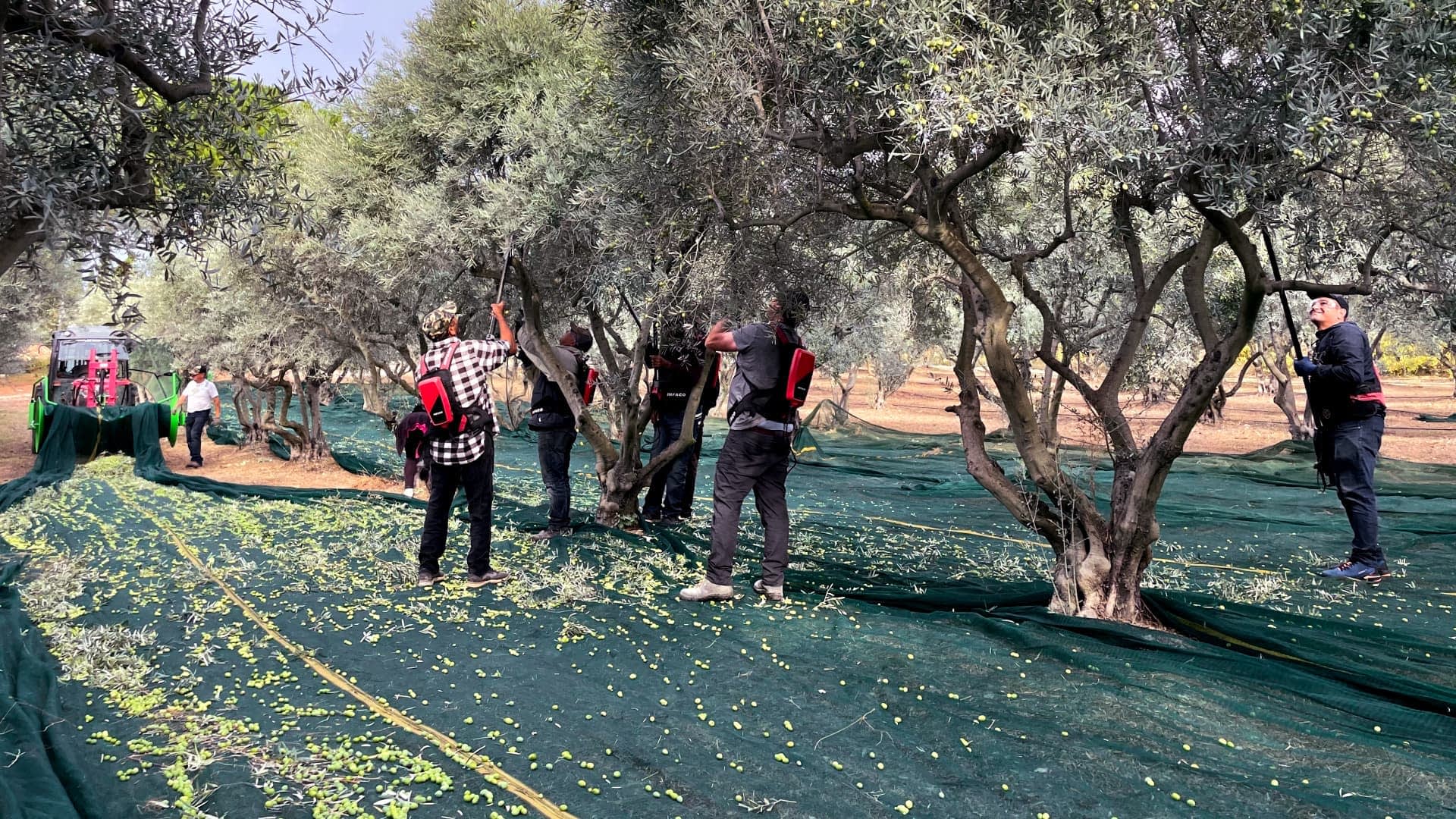
A wet autumn resulted in high water content in the olives at the start of the harvest. (Photo — Domaine de Gerbaud)
Despite 700 millimeters of rainfall, the farm’s elevation on the lower slopes of the Luberon massif helped mitigate humidity issues.
Co-owner Louisa Sherman described the harvesting period as exciting and demanding, requiring a final effort to create high-quality olive oil.
“It’s always a hectic time,” she told Olive Oil Times. “Tractors, pickers, nets and equipment arrive at the property, creating so much noise despite our use of battery-operated rakes. Large containers for olives are positioned beneath the olive trees.”
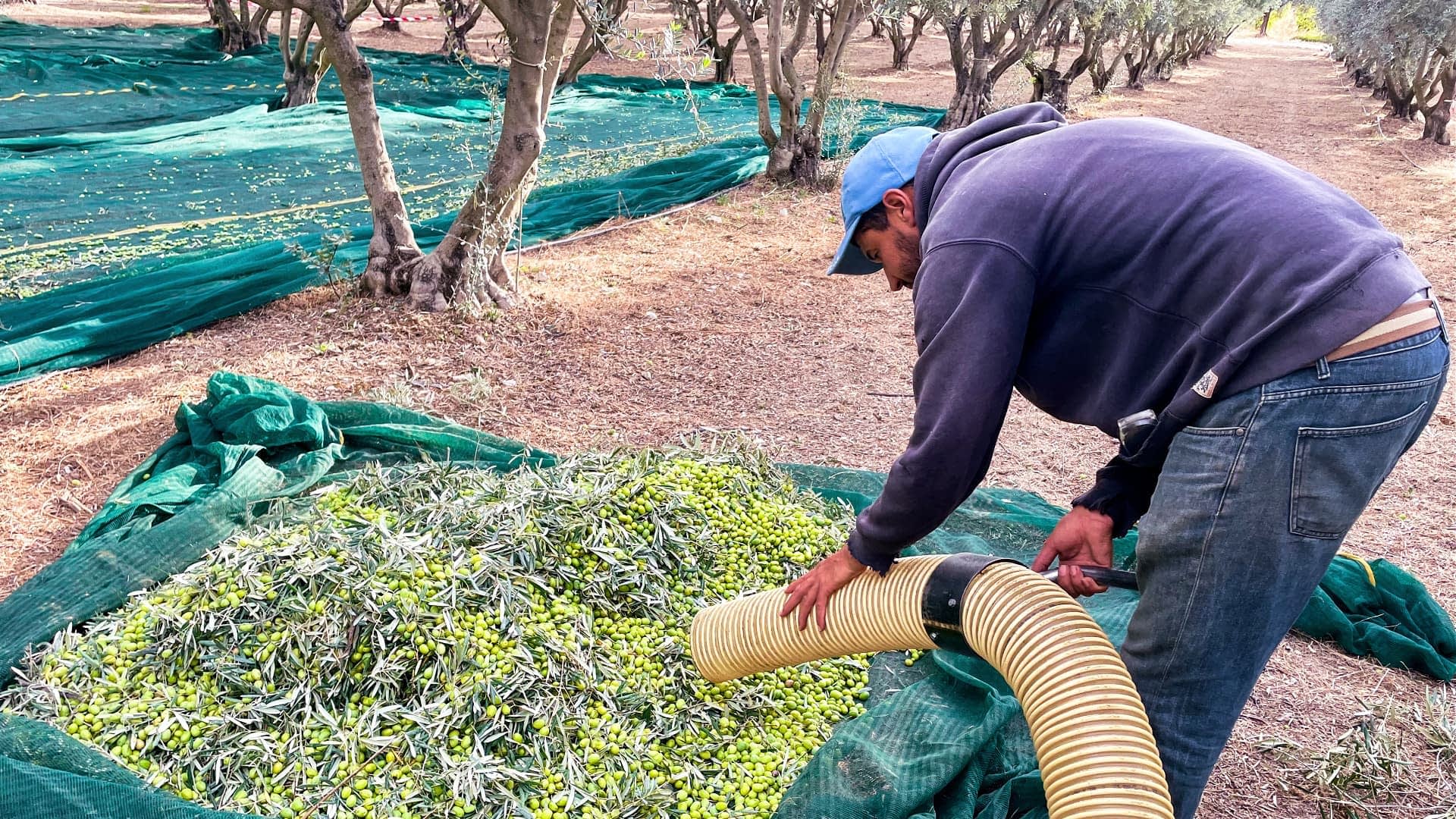
Sherman saw a modest olive yield compared to an abundant 2023/24 harvest, but the quality remained high. (Photo — Domaine de Gerbaud)
“We harvest olives at different times based on variety to produce high-quality oils with fresh aromas and balanced bitterness and pungency,” she added.
Indeed, harvesting olives at the right time for each variety is crucial for producing high-quality olive oils with desirable flavors and aromas.
“When the harvesting campaign began, the olives had a very high water content, resulting in low oil yields,” Sherman said. “Their advanced aromatic maturity compared to lipogenesis worsened the situation.”
“The wind exposure ensured that our groves dried off well, limiting cryptogamic disease development, ” she added. “We also did not suffer severely from olive fruit fly damage. Healthy olives produce good quality olive oil!”
Domaine de Gerbaud blends Aglandau, Salonenque, Verdale and Gossane olives to create a ‘green, fruity oil,” which earned a Silver Award at the 2025 NYIOOC World Olive Oil Competition.
Daniel Dawson contributed to this report.
Share this article

